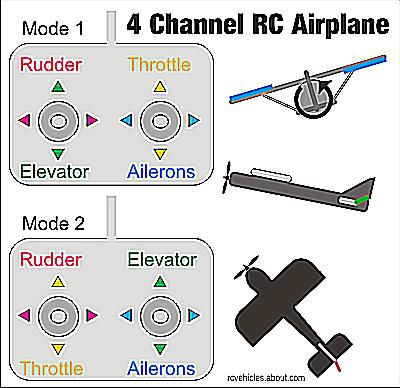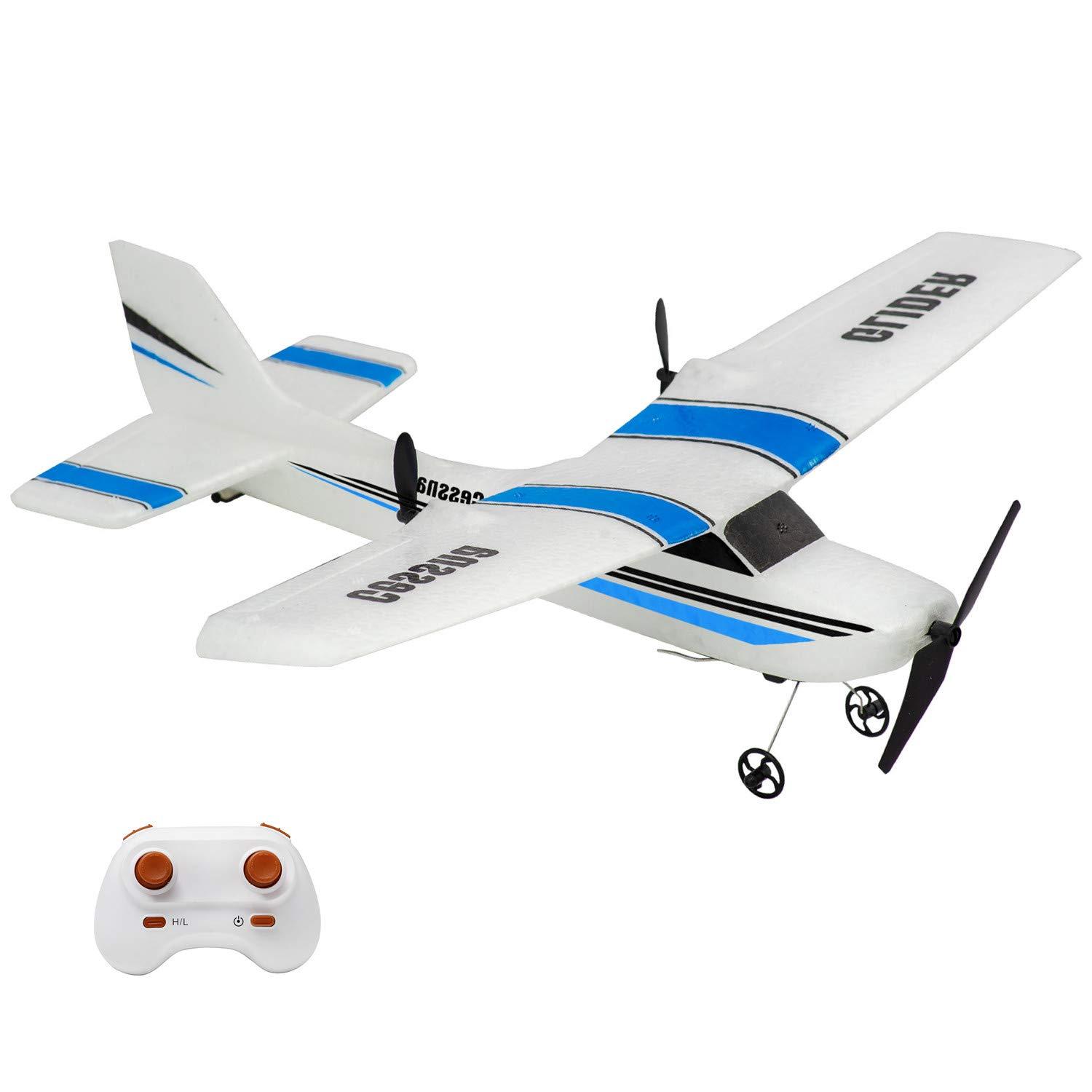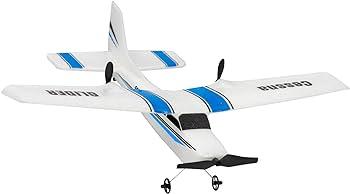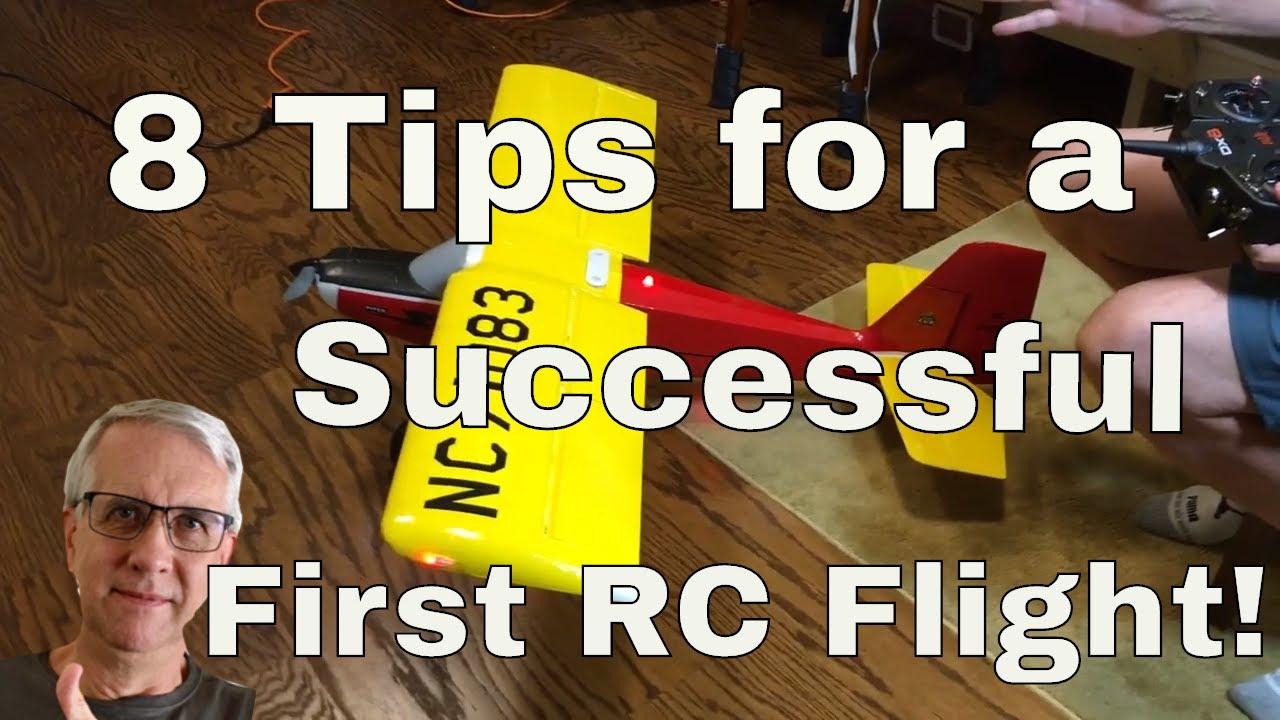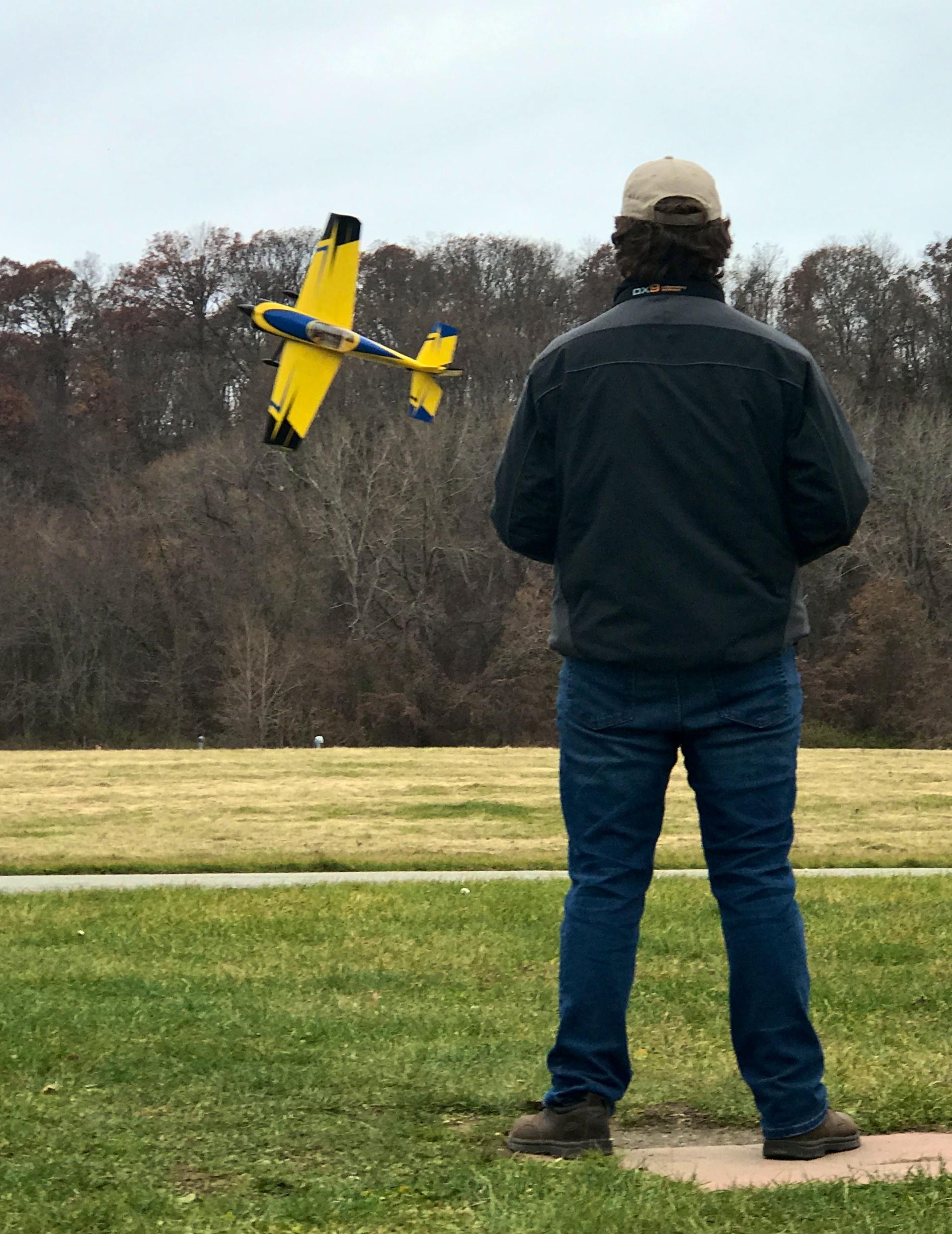Beginner’s Guide to 2 Channel RC Airplanes: Features, Advantages, Building, and Flying Tips
Radio-controlled airplanes, commonly known as RC airplanes, have been around for quite some time now. These miniature aircraft are powered by an electric motor or gas engine and controlled remotely, making them a fun and exciting hobby for enthusiasts of all ages. Among the various types of RC airplanes, the 2 channel RC airplane stands out as a simplified and affordable option that is perfect for beginners. In this article, we will cover essential information about the 2 channel RC airplane, including its features, advantages, types, building and flying process, and common issues.
‘The Function and Components of a 2 Channel RC Airplane’
- The two channels and their functions on a 2 channel RC airplane include:
- Channel 1: Controls the altitude of the airplane by adjusting the elevator. Pulling back on the controller increases altitude, while pushing forward decreases altitude.
- Channel 2: Controls the direction of the airplane by adjusting the rudder. Moving the controller left or right changes the direction of the airplane.
- The various components that make up a 2 channel RC airplane include:
- The fuselage: Body of the airplane where all the components are housed.
- The wings: Provide lift and steer the airplane in different directions.
- The tail: Includes the vertical stabilizer, horizontal stabilizer, and rudder.
- The motor: Powers the airplane and can be electric or gas-powered.
- How the features and components work together to control the airplane’s movements:
- The elevator adjusts the plane’s altitude, while the rudder controls the direction of the airplane.
- The motor powers the airplane and propels it forward, while the wings provide lift and steer it in different directions.
- All these components work together to offer precise control over the airplane’s movements and ensure a smooth flying experience.
What are the various components of a 2 channel RC airplane and how do they work together to control its movements?
The various components of a 2 channel RC airplane include the transmitter, receiver, servos, and control surfaces. The transmitter sends signals to the receiver, which in turn sends signals to the servos. The servos move the control surfaces, such as the ailerons or elevator, to control the airplane’s movements.
2 Channel RC Airplanes: Fun & Versatile Options for All Pilots
- The advantages of using 2 channel RC airplanes include:
- They are affordable compared to other types of RC airplanes.
- They are easy to assemble and operate, and don’t require extensive knowledge or experience in flying RC airplanes.
- They can provide a fun and enjoyable flying experience for both beginners and experienced flyers.
| Type of 2 Channel RC Airplanes | Description |
|---|---|
| Trainer Planes | Designed for beginners who are learning how to fly RC airplanes. |
| Park Flyers | Small and lightweight airplanes that are ideal for flying in small areas like parks. |
| Sport Planes | Designed for more experienced flyers and offer faster speeds and more advanced features. |
| Gliders | RC airplanes without motors that rely on air currents to stay in the air. |
- Interesting fact: The first RC airplane was developed in the 1930s and was controlled by a wire attached to the airplane.
What are the different types of 2 channel RC airplanes?
The different types of 2 channel RC airplanes include gliders, trainers, sports planes, and scale models.
Different Types of 2 Channel RC Airplanes
- There are various types of 2 channel RC airplanes available on the market, including:
- RTF (Ready-To-Fly) Planes: These come pre-assembled and only require minimal setup before use. They are ideal for beginners who want a hassle-free experience.
- ARF (Almost-Ready-To-Fly) Planes: These planes require some assembly before use but are cheaper than RTF planes.
- DIY Kits: These kits provide all the necessary components to build your own 2 channel RC airplane from scratch. They are ideal for users who want to customize their airplane to specific needs or preferences.
- There are also various websites that cater to the RC airplane community, including:
- Hobby King: A popular website that sells various models of 2 channel RC airplanes, parts, and accessories.
- RC Groups: A forum-based website that provides advice, support, and information on RC airplanes.
- Air Age Media: A website that features reviews, articles, and videos on RC airplanes.
What are some popular websites for the RC airplane community?
RC Groups, FlyingGiants, RC Universe, FliteTest, RC Planes for Beginners, RC Airplane World, Hobby Squawk, RC Model Reviews, RCG Forum, RC Powers.
Tips and Tricks for Flying a 2 Channel RC Airplane
- Building and flying a 2 channel RC airplane can be a fun and satisfying experience. Here are some steps to follow:
- Assemble the airplane according to the instructions provided by the manufacturer or DIY kit.
- Install the batteries and radio receiver.
- Perform a pre-flight check to ensure that all components are functional.
- Choose a suitable location for flying the airplane, such as a large open space with no obstructions.
- Take off and begin flying the airplane, using the radio transmitter to control its movements.
- Practice flying and gradually improve your skills over time.
- It is also recommended to follow some tips and tricks while flying a 2 channel RC airplane:
- Start with a slow speed and gradually increase it as you gain confidence and experience.
- Avoid flying in windy conditions to prevent the airplane from being blown off course.
- Always keep the airplane within your line of sight to maintain control and avoid crashes.
- Perform regular maintenance and checks on the airplane to ensure that all components are functioning correctly.
What are some tips and tricks for flying a 2 channel RC airplane?
Some tips and tricks for flying a 2 channel RC airplane include starting with a small and slower plane, avoiding windy weather, keeping the plane at a consistent speed, using minimal control inputs, and practicing in a large and open area.
Troubleshooting Common Issues with 2 Channel RC Airplanes
- Common issues that may arise while flying a 2 channel RC airplane are:
- Trimming issues, which can cause the airplane to bank to one side or the other.
- Range and signal issues, which can cause the airplane to lose connection with the radio transmitter.
- Battery issues, which can cause the airplane to lose power mid-flight.
- Here are some troubleshoots for these problems:
- Adjust the trimming of the airplane using the knobs or switches on the radio transmitter.
- Make sure that the radio transmitter is within range and that there are no obstructions blocking the signal.
- Ensure that the airplane’s batteries are fully charged and have sufficient power to complete the flight.
- It’s important to note that while flying an RC airplane can be fun, it also requires responsibility and caution. Always follow safety guidelines and regulations, and never fly near people, animals, or property.
What are some safety guidelines and regulations to follow when flying an RC airplane?
Some safety guidelines and regulations to follow when flying an RC airplane are to always fly in a designated area, avoid flying near people or animals, maintain line of sight with the airplane, respect altitude limits, and follow local laws and regulations.
Conclusion
Flying a 2 channel RC airplane can be a fun and exciting hobby for enthusiasts of all ages. This type of RC airplane is particularly suitable for beginners who want to learn the basics of flying an RC plane. It offers a simple yet enjoyable flying experience that does not require complex controls or expensive equipment.
Throughout this article, we have discussed the features and components of a 2 channel RC airplane, its advantages, various types available, how to build and fly them, and the common issues that may arise while flying. We have also provided troubleshooting tips to help you address these issues and ensure a safe and enjoyable flying experience.
If you’re interested in trying out a 2 channel RC airplane, there are many affordable options available on the market. You can also find resources, tutorials, and videos online to help you get started and learn the basics of flying.
Remember to always follow safety guidelines and regulations while flying an RC airplane. With practice and experience, you can master the art of flying a 2 channel RC airplane and have hours of fun and excitement.


